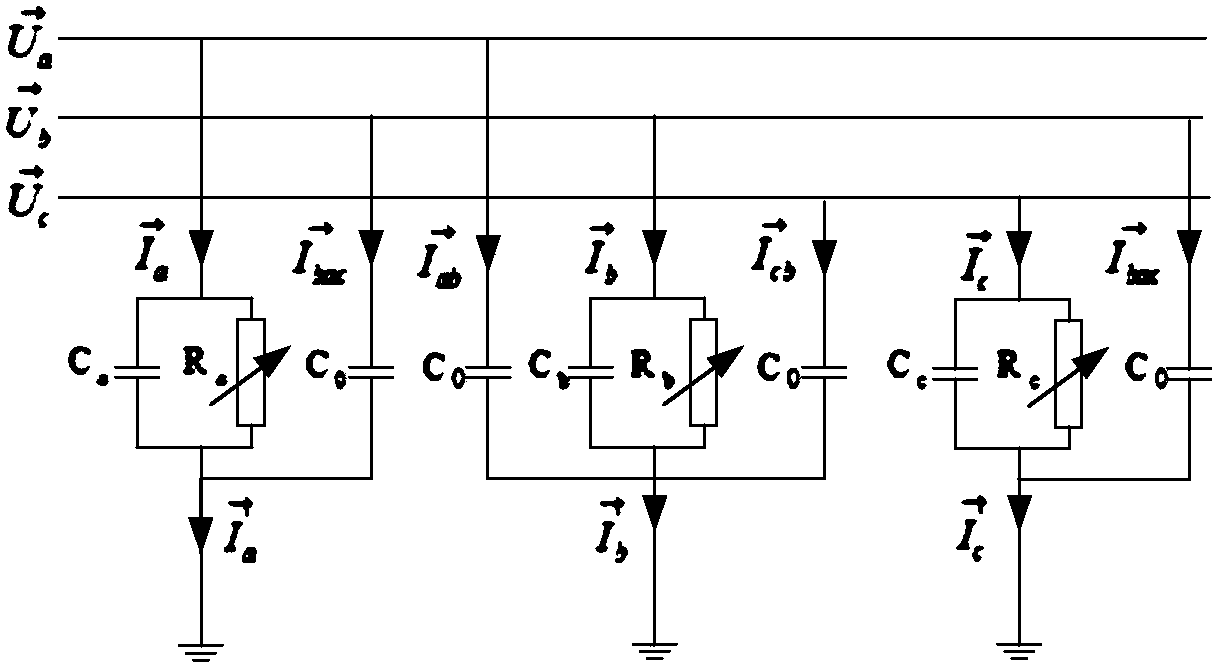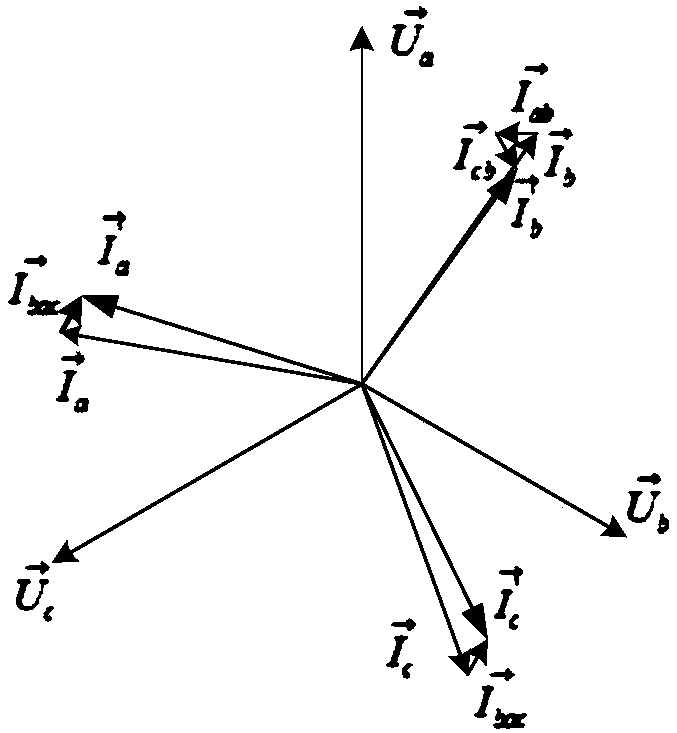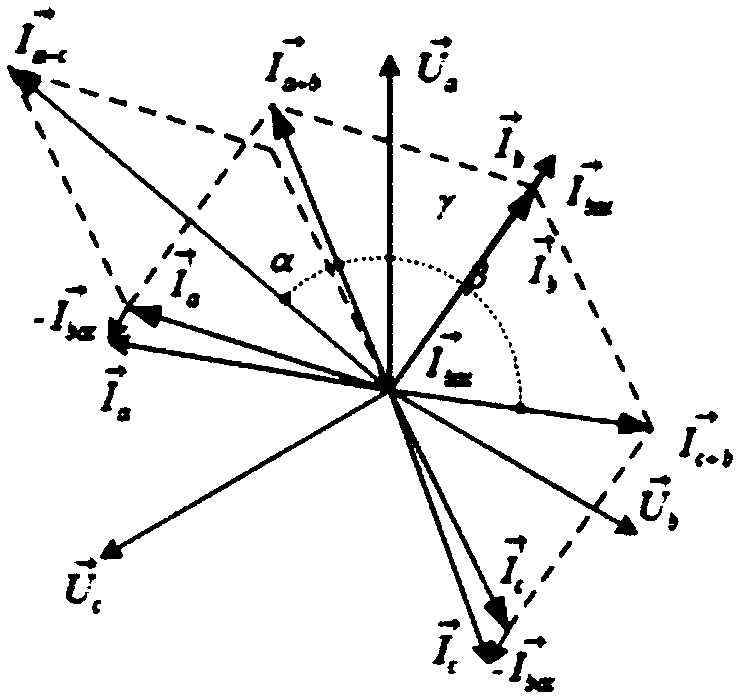Calculation method of MOA resistive fundamental current increase rate based on resultant vectors
A technique for synthesizing vector and fundamental wave currents, applied in the directions of measuring current/voltage, measuring electricity, measuring electric variables, etc., can solve problems such as influence, avoid misjudgment, improve absolute accuracy and relative accuracy, and overcome interphase coupling capacitance Effect
- Summary
- Abstract
- Description
- Claims
- Application Information
AI Technical Summary
Problems solved by technology
Method used
Image
Examples
Embodiment Construction
[0016] The principles and solutions of the present invention will be further described below in conjunction with the accompanying drawings and specific embodiments.
[0017] The three-phase arresters in the power system are usually arranged and installed according to the word "one", and the present invention discusses the three-phase MOA model arranged in a word. Since the two phases A and C are far apart, the interphase capacitive coupling current between them can be ignored, and only the interphase capacitive coupling current between A, B and B, C is considered, and the equivalent circuit under the working state of the three-phase MOA is obtained as figure 1 shown. In the picture: is the three-phase voltage vector of the power grid; is the actual valve current vector, but it cannot be directly measured; is the leakage current vector of the doped coupling capacitor current, which can be directly measured, but is affected by the coupling capacitor; is the phase-to-phas...
PUM
 Login to View More
Login to View More Abstract
Description
Claims
Application Information
 Login to View More
Login to View More - R&D
- Intellectual Property
- Life Sciences
- Materials
- Tech Scout
- Unparalleled Data Quality
- Higher Quality Content
- 60% Fewer Hallucinations
Browse by: Latest US Patents, China's latest patents, Technical Efficacy Thesaurus, Application Domain, Technology Topic, Popular Technical Reports.
© 2025 PatSnap. All rights reserved.Legal|Privacy policy|Modern Slavery Act Transparency Statement|Sitemap|About US| Contact US: help@patsnap.com



